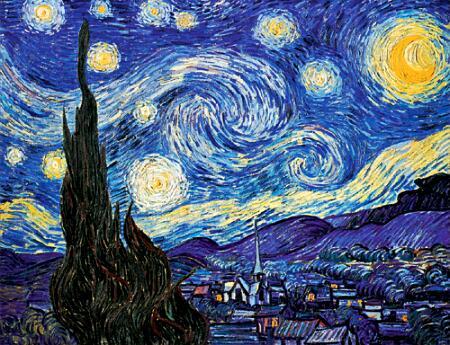Gabriel M.A.
My Red Dot Glows For You

Popular all-in-focus "art".

Boring, distracting, sickly, unpopular out-of-focus background.
It'll never catch on.


... but this strikes me as essentially a narrative picture rather than graphic. In narrative, in the nature of things, picture elements tend to be much more related, so to me the shallow d-o-f separates the elements artificially.
Cheers,
R.
He said it looked normal in poor light but inappropriate in bright light, unless I'm misreading it.
A little like the dog on the beach photo above, it just looks a bit off
No he said in post 1 of the thread: "Shallow focus seems natural in poor light, but in bright daylight, it looks contrived and artificial".
I think plainly can be read as natural verses un-natural. So it's a naturalistic standpoint which is where Henry Emerson comes in because he wrote a book on the subject of naturalistic photography where in his view photographs should be rendered in the same way as the eye percieves them. And my point about the FStop of the eye relates directly to above quote in that at night or in dim light your Fstop gets bigger meaning shallower depth of field. i.e. "Shallow focus seems natural in poor light, but in bright daylight, it looks contrived and artificial". In bright light eyes FStop is smaller giving greater depth of field.
The original post is clearly stating the idea of Naturalistic photography.
See book "Peter Henry Emerson - Naturalistic Photography for Students of the Art" Which current versions also contain "The death of Naturalistic Photography" by the same where he gave up on trying to swim against the tide.
It's a Victorian idea that photographers on mass rejected.
New style? Dunno. Been there, done that. 😉
What disturbs me is not the out of focus background (really in many cases I like it, to be honest) but the fact that we have certain time fashion in photography. I mean in a moment you "must" shoot wide angle with the human subject on the side and the environment in the other, everything in focus. Than we have the wave of the 50mm look, HCB like. Than we have the out of focus fashion where most of the frame is OOF and only a small portion is sharp. Now, among others we have the fashion of big size print, sometimes the size seems to be more important than the content. And if you do not follow the "actual" wave it seems your photo have no value. I refuse the way oh thinking and believe that according to what you desire/need to express you must choice an appropriate style. With the appropriate techniques.
robert
Man, so many jaded folks on here. I say as long as someone is enjoying what they are doing, let them be. If you don't like the pics, don't look at them.
And never comment on anything? Or think? Or have any opinions?
It would make for a bit of a sparse internet, wouldn't it? Or is it better to discuss (endlessly) whether the Version 2 of a particular lens is better than the Version 3, despite the fact that that most people have never tried either, but still jump in and say "What aboout the Canon 35/1.5 instead"?
Cheers,
R.
Why has no one read and, probably more importantly, understood what was in the original observation?
It had nothing to do with bokeh or blur or shallow DOF. It was an obviation that shallow DOF in good light where the background was unclear but still recognisable looked disconcerting to the OP, it was not a blanket condemnation of anything!
Why has no one read and, probably more importantly, understood what was in the original observation?
It had nothing to do with bokeh or blur or shallow DOF. It was an obviation that shallow DOF in good light where the background was unclear but still recognisable looked disconcerting to the OP, it was not a blanket condemnation of anything!
It is a trend, it is something that needs to be worked out of the system.
Steve

